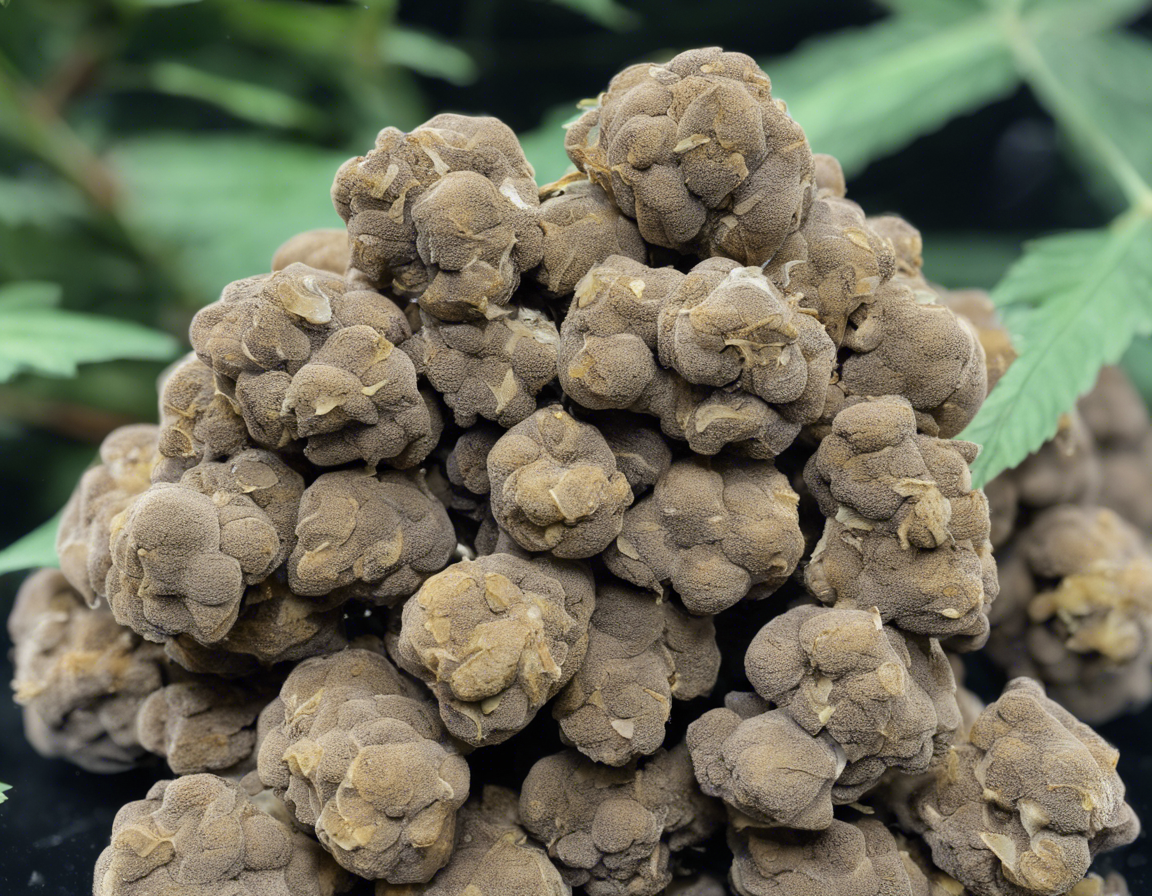Uncovering the Best Truffle Strains in the Market
Introduction
Truffles have long been considered as one of the most luxurious and sought-after culinary delicacies in the world. With their unique aroma, flavor, and scarcity, truffles add a touch of sophistication to any dish they are added to. However, not all truffles are created equal. Just like with other food items, there are different strains and varieties of truffles, each with its own distinct characteristics and flavors. In this comprehensive guide, we will delve into the world of truffles and uncover some of the best truffle strains available in the market today.
Understanding Truffles
Before we jump into exploring the best truffle strains, it is important to have a basic understanding of what truffles are. Truffles are a type of fungi that grow underground in a symbiotic relationship with the roots of certain trees, such as oak, hazelnut, and chestnut trees. They are highly prized for their pungent aroma and intense flavor, which adds depth and complexity to a wide range of dishes.
Truffles are typically harvested using specially trained dogs or pigs, as their strong sense of smell helps in locating these buried treasures. There are two main types of truffles: black truffles (Tuber melanosporum) and white truffles (Tuber magnatum). While black truffles have a musky aroma with hints of earthiness and chocolate, white truffles are known for their garlicky aroma and intense flavor.
Best Truffle Strains
-
Perigord Black Truffle (Tuber melanosporum): Also known as the “black diamond” of the culinary world, the Perigord black truffle is highly prized for its intense aroma and flavor. It is native to the Perigord region in France and is often referred to as the most flavorful of all truffle varieties. Its season typically runs from November to March, and it is commonly used in dishes such as risottos, pasta, and sauces.
-
Burgundy Truffle (Tuber aestivum): The Burgundy truffle is another popular black truffle variety that originates from the Burgundy region in France. It has a milder aroma compared to the Perigord black truffle but still packs a flavorful punch. The Burgundy truffle season runs from September to December, making it a great alternative when the Perigord truffle is out of season.
-
Alba White Truffle (Tuber magnatum pico): Considered the crown jewel of truffles, the Alba white truffle hails from the Alba region in Italy. It is known for its intense garlicky aroma and complex flavor profile. The Alba white truffle season runs from September to December, and it is often shaved over dishes like pasta, risotto, and scrambled eggs to enhance their flavors.
-
Oregon Truffle (Tuber oregonense and Tuber gibbosum): While European truffles often steal the spotlight, the Pacific Northwest region of the United States is home to its own unique truffle varieties, known as Oregon truffles. These truffles have a milder aroma and flavor compared to their European counterparts but are still highly prized by chefs for their unique characteristics. Oregon truffles are typically in season from December to March.
How to Choose and Store Truffles
When selecting truffles, it is important to choose ones that are firm to the touch and have a strong aroma, as these are indicators of freshness and flavor. Truffles should be stored in a sealed container with a paper towel to absorb any excess moisture, as they can quickly deteriorate if exposed to moisture.
Cooking with Truffles
Truffles are best enjoyed raw or cooked briefly to preserve their delicate flavors. They are often shaved or grated over dishes such as pasta, risotto, eggs, and salads to add a luxurious touch. Truffle oil and truffle butter are popular ways to infuse dishes with truffle flavor, although they are typically made with synthetic truffle flavoring and not actual truffles.
Frequently Asked Questions (FAQs)
- Are truffles expensive?
- Truffles are indeed one of the most expensive culinary ingredients in the world due to their scarcity and labor-intensive harvesting methods.
- Can truffles be cultivated or farmed?
- While most truffles are still harvested in the wild, there have been successful efforts to cultivate truffles in controlled environments.
- Do truffles have any nutritional value?
- Truffles are low in calories and fat but are a good source of minerals like iron, manganese, and phosphorus.
- What is the best way to clean truffles?
- Truffles should be gently brushed to remove any dirt or debris, as washing them can compromise their flavor.
- Can pets detect truffles like dogs do?
- Dogs are commonly used to hunt for truffles due to their keen sense of smell, but some animals, like pigs, are also trained to find truffles.
- Are there any vegan alternatives to truffles?
- While there is no exact vegan substitute for truffles, ingredients like truffle oil or umami-rich mushrooms can mimic some of the flavors of truffles.
- What are the best wine pairings for truffle dishes?
- Truffle dishes are often paired with wines like Pinot Noir, Chardonnay, and Champagne, which complement the earthy and aromatic flavors of truffles.
- Can truffles be frozen for later use?
- Truffles can be frozen, but they tend to lose some of their aroma and flavor during the freezing process.
- Do truffles grow in any specific regions of the world?
- Truffles are predominantly found in regions with a Mediterranean climate, such as France, Italy, and parts of the United States.
- Are there any health benefits associated with consuming truffles?
- Truffles are believed to have antioxidant and anti-inflammatory properties, which may offer some health benefits when consumed in moderation.
In conclusion, truffles are a true culinary treasure that adds depth and complexity to dishes with their unique aroma and flavor. By exploring different truffle strains and understanding how to select, store, and cook with truffles, you can elevate your culinary creations and embark on a flavorful journey through the world of truffles.

Recent Comments